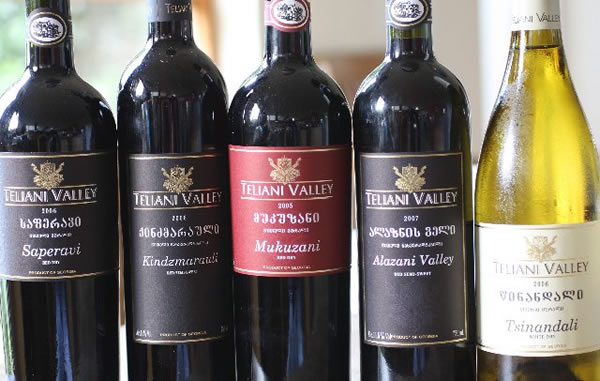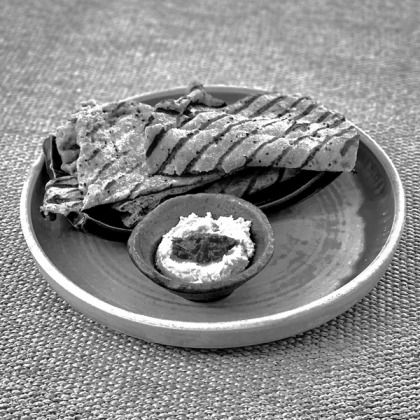What with the Russians meddling in their affairs, and our soccer heroes battling with them on the pitch, Georgia has uncharacteristically been in the news a lot just recently, with there being little good news from Tiblisis.
Well, here is the good news from Georgia, courtesy of a selection of wines from the Teliani Valley company. Before you throw up your hands in shock-horror – Georgian wines!? – consider that wine making and drinking has been an integral part of Georgia's culture for 5,000 years.
That's right: Five Thousand Years.
When the Georgians embraced Christianity in the fourth century, the first cross was made of vines. “To show that the Christian faith and the vine were the most sacred treasures of the nation” says the Oxford Companion to Wine.
Recently, Jemal Inaishvili, President of the Georgian Chamber of Commerce, told Dan McLaughlin in The Irish Times: “We call Georgia “The Cradle of Wine” because we have been making and drinking it here for millenia”.
All well and good, but in the old days the old Soviet Union swallowed all that Georgia could produce, and as Inaishvili admitted, “In the Soviet period, winemaking was about quantity, not quality”.
In the future, however, you will be able to find a space for Georgian wines in your local wine shop, so what can you expect?
It's not all simple. No fewer than 38 varieties of grape are allowed for commercial viticulture, and whilst cab sauv, chardonnay and pinot noir are amongst the permitted varieties, there are much more interesting varieties, such as Saperavi, Rkatsiteli, Mtsvane and Shavkalito. The Teliani company seems very fond of wines made with Saperavi, a tannic red wine grape. All the red wines pictured above, fo instance, are made from the Saperavi grape, whilst the white Tsinandali is a mix of rkatsiteli and mtsvane.
But the sapaeravi is a chameleon grape: the Mukuzani and Saperavi bottles are full bodied reds, but the Kindzmarauli and the Alazani Valley are actually both semi-sweet red wines, which it is recommended you enjoy with sweet dishes and fruit.
Now these are the most interesting wines, to me, because they work superbly as a red aperitif wine – despite the recommendation that they belong with sweet things. These are the sort of wines that one can imagine having a single glass of in a bar, their almost port-like sweetness being balanced with tannins to keep the wine refreshing, a fact which is helped by their clovey purity.
Whilst the Georgians have invested in the now-ubiquitous modern tech to make their wines, what I most liked about the wines, and the white Tsinandali in particular, was their lack of slickness – these are earthy, natural – and thereby almost anachronistic – wines. The closest comparison I can come up with is a certain resemblance to the wines of another country which is awash with wonderfully strange grape varieties: Portugal. I don't have any prices or stockists as yet for the Teliani Valley wines, but those who are curious should contact Mike Rahmann of Friction Communications who are working on the launch of the brand. Mike is at: michael.rahman@gmail.com
The Good News From Georgia
Archive - all the best places to eat, shop and stay in Ireland. A local guide to local places.







